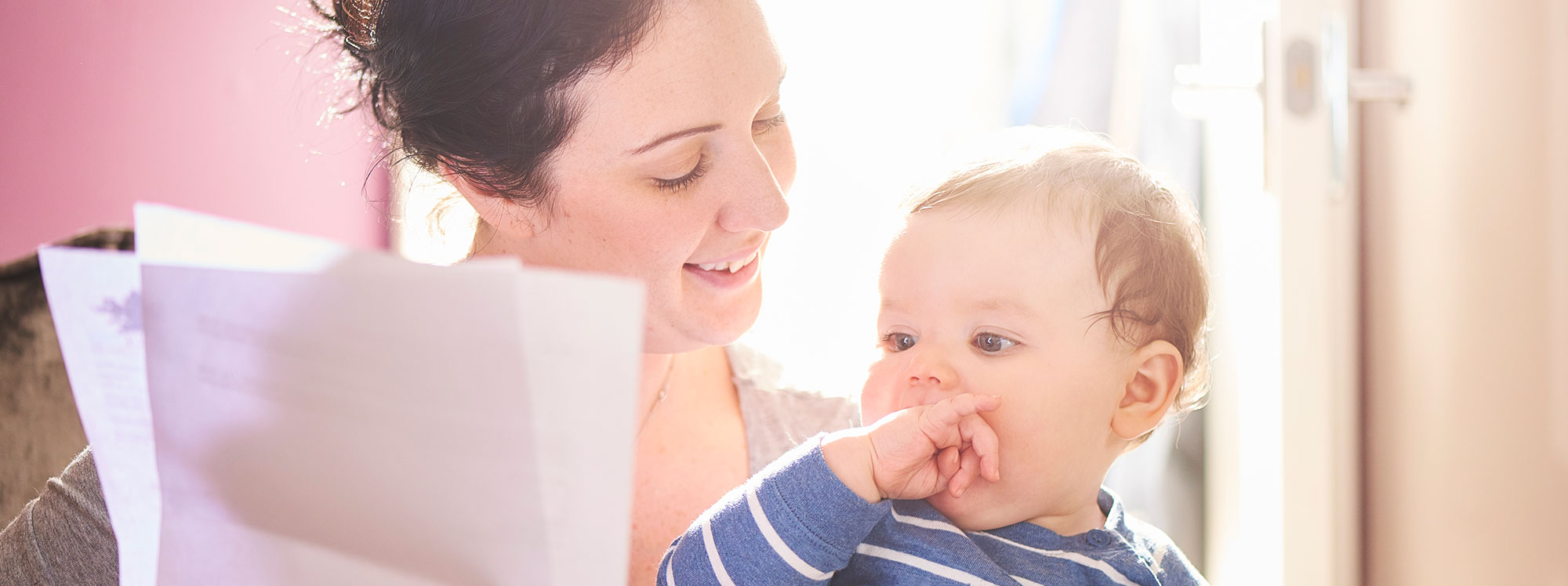Buying a residential house, whether as a place to live or an investment usually involves a substantial outlay and a degree of risk which can be minimised by undertaking a number of steps of checks as part of the conveyancing process, prior to an exchange of contracts or the expiration of the Cooling Off Period, these include:
Obtaining a Pest and Building Inspection
As you take the house and any other improvements on the land in its current condition (except in the case of any fraud or misleading conduct by the Vendor), you as the Purchaser have no specific rights to compel the Vendor to rectify and building or pest issues such as termites, leaking showers or poor building work. It is therefore prudent to ensure that you are fully aware of any fault with the property and how much it will cost to rectify if you proceed with the purchase, or as the basis for further negotiation regarding the purchase price.
Obtaining an Identification Survey from a qualified surveyor
A Identification Survey identifies the location of the house and other improvements on the lot, disclosing whether these are located wholly within the lot you are purchasing or whether all or part of the house or improvements encroach onto a neighbouring lot or Council land. Likewise the Identification Survey will disclose whether any structures on neighbouring lots are encroaching onto the lot you are purchasing.
Building Certificate from Council
If you have obtained an Identification Survey you will generally be in a position to make an application to the Local Council for a Building Certificate, which will protect you as the purchaser from any upgrading or demolition orders being made by Council with respect to the house and other improvements on the land that may have been constructed illegally, not in accordance with the relevant standard or which encroach onto Council land. This protection against the orders or action by Council remains current for a period of seven years.


